Home>diy>Building & Construction>What Is Marine Construction
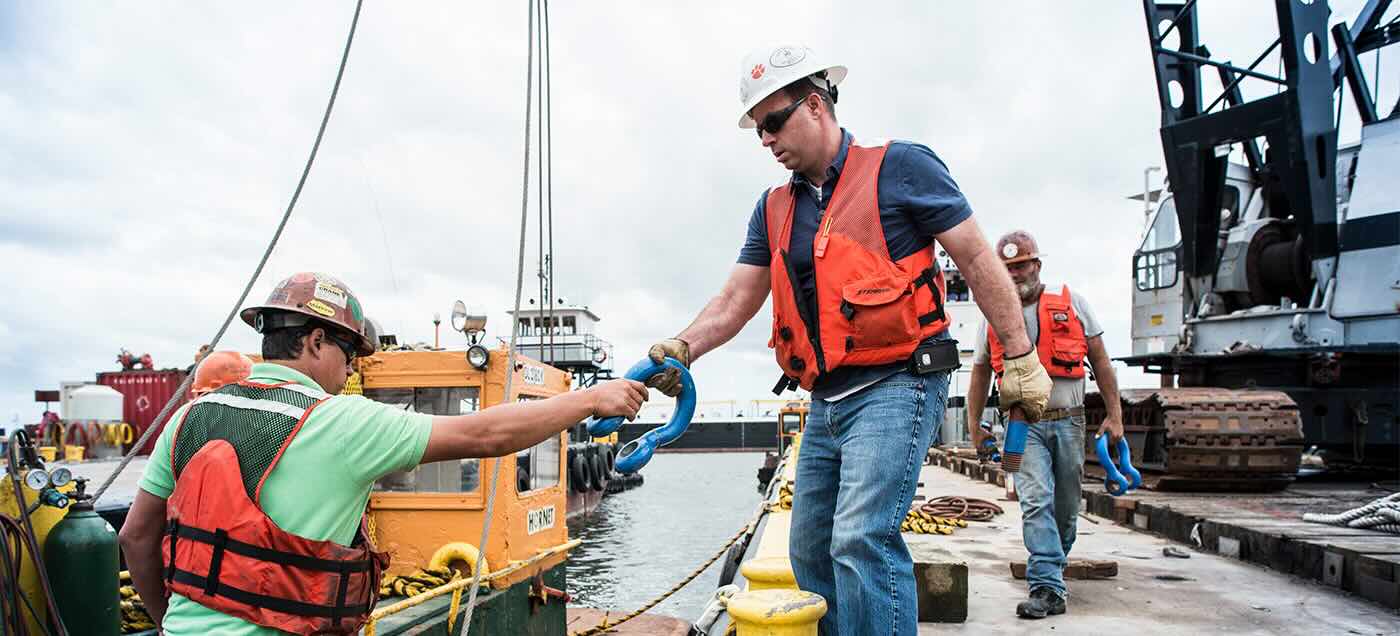

Building & Construction
What Is Marine Construction
Modified: December 7, 2023
Discover the world of marine construction and learn about the process of building construction in the marine environment. Explore various techniques, materials, and challenges involved in this specialized field.
(Many of the links in this article redirect to a specific reviewed product. Your purchase of these products through affiliate links helps to generate commission for Storables.com, at no extra cost. Learn more)
Introduction
Marine construction plays a vital role in shaping the infrastructure that enables trade, transportation, and recreation around the world. From building marinas and ports to constructing offshore structures, such as oil platforms and bridges, this specialized sector encompasses a wide range of projects in diverse marine environments. In this article, we will explore the world of marine construction, diving into its definition, types, economic significance, key players, challenges, environmental impact, safety measures, and future trends.
Marine construction is the process of designing, planning, and constructing structures that are located near or in bodies of water. It involves a unique set of challenges and considerations, due to the dynamic nature of marine environments, including tides, currents, and the corrosive properties of saltwater. The construction techniques and materials employed in marine projects must be carefully selected to ensure durability and structural integrity.
There are various types of marine construction, each serving a specific purpose. Coastal protection projects aim to safeguard shorelines from erosion and other natural hazards, utilizing techniques such as seawalls, breakwaters, and jetties. Port and harbor construction involves creating infrastructure to facilitate maritime trade, including docks, piers, and loading facilities. Dredging, the process of removing sediments and debris from waterways, is another essential aspect of marine construction, enabling safe navigation and maintaining water depth for vessels.
The role of marine construction in the economy cannot be understated. Ports and harbors serve as essential links in the global supply chain, facilitating the movement of goods and commodities. They also provide employment opportunities and generate revenue through trade-related activities. Furthermore, marine construction projects contribute to the development of coastal areas, attracting tourism and supporting local economies.
In the world of marine construction, several key players collaborate to bring projects to fruition. Construction companies specializing in marine engineering and construction work closely with architects, structural engineers, and maritime authorities to design and execute projects that meet safety and regulatory standards. Additionally, project owners, government agencies, and environmental organizations play a crucial role in ensuring the sustainability and impact of marine construction projects.
However, marine construction is not without its challenges. The dynamic nature of marine environments, along with unpredictable weather conditions, adds complexity to project planning and execution. The presence of marine life and protected habitats requires environmentally sensitive approaches to minimize ecological disruption. Additionally, working in offshore or underwater conditions presents unique safety risks that necessitate stringent safety measures and specialized equipment.
The environmental impact of marine construction is a growing concern. Construction activities, such as dredging and pile driving, can have localized effects on water quality, habitats, and marine ecosystems. Efforts are being made to minimize these impacts through the use of environmentally friendly construction practices, such as the implementation of sediment control measures and the incorporation of artificial reefs in construction projects.
Safety is of paramount importance in marine construction to protect workers and ensure successful project completion. Stringent protocols and regulations are in place to mitigate risks associated with working in water, such as drowning, divers-related injuries, and equipment failures. It is crucial for all personnel involved to receive adequate training and adhere to safety guidelines to prevent accidents and maintain a safe working environment.
Key Takeaways:
- Marine construction encompasses diverse projects, from coastal protection to offshore structures, vital for global trade and coastal development. It faces challenges such as harsh marine conditions and environmental impact, requiring collaboration and innovative solutions.
- The future of marine construction is shaped by trends like automation, sustainable practices, and resilience to climate change. Embracing innovation and collaboration will drive the industry towards efficient, sustainable, and resilient infrastructure development.
Read more: What Is Marine Civil Engineering
Definition of Marine Construction
Marine construction refers to the process of designing and constructing structures in or near bodies of water. It encompasses a diverse range of projects that are essential for the development and maintenance of coastal areas, ports, and offshore facilities. The primary objective of marine construction is to create durable and functional structures that can withstand the unique challenges posed by the marine environment.
Marine construction projects require a deep understanding of the characteristics and dynamics of water, including tides, waves, currents, and the corrosive properties of seawater. The design and construction techniques used in marine projects must be carefully selected to ensure structural integrity, longevity, and resistance to the harsh marine conditions.
Coastal protection projects are a prominent aspect of marine construction. These projects aim to safeguard coastal areas from erosion, hurricanes, and other natural hazards, which can cause significant damage to infrastructure and threaten the safety of communities. Seawalls, breakwaters, and revetments are commonly constructed to provide a barrier between the open ocean and the land, minimizing erosion and protecting coastal assets.
In addition to coastal protection, marine construction also encompasses the development of ports and harbors. Ports are crucial nodes in the global supply chain, facilitating the import and export of goods through seaborne trade. Constructing ports involves the creation of infrastructure such as docks, piers, quays, and container terminals, which allow for smooth vessel berthing, cargo handling, and efficient logistics operations.
Offshore construction is another significant aspect of marine construction. It involves the design and construction of structures in open water, away from the coastline. Examples of offshore structures include offshore wind farms, oil and gas platforms, subsea pipelines, and underwater tunnels. These projects require careful planning and specialized construction techniques to ensure stability and durability in harsh offshore environments.
Moreover, dredging is a fundamental component of marine construction. It involves the excavation and removal of sediments, rock, or debris from waterways, seabeds, and harbor basins. Dredging is essential for maintaining safe navigation channels, ensuring adequate water depths for vessels, and replenishing beaches with sand. It can also be utilized for land reclamation projects, where submerged or low-lying areas are filled with dredged materials to create new land for development.
Overall, marine construction is a complex discipline that combines engineering, environmental considerations, and project management to deliver critical infrastructure in marine environments. It requires a multidisciplinary approach, involving architects, engineers, construction professionals, and environmental experts to navigate the unique challenges and ensure the successful completion of projects.
Types of Marine Construction
Marine construction encompasses a wide range of projects that are conducted in or near bodies of water. These projects serve various purposes, from safeguarding coastal areas to facilitating maritime trade and offshore exploration. Here are some of the key types of marine construction:
- Coastal Protection: Coastal protection projects aim to stabilize and protect shorelines from erosion, storm surges, and other natural hazards. This type of marine construction includes the construction of seawalls, breakwaters, revetments, and groynes. These structures act as barriers, absorbing wave energy and reducing erosion along the coast.
- Port and Harbor Construction: Port and harbor construction plays a crucial role in facilitating maritime trade. This type of marine construction involves the design and construction of infrastructure such as docks, piers, quays, and container terminals. These structures enable vessels to berth safely, cargo to be loaded and unloaded efficiently, and support the overall logistics operations of the port.
- Dredging: Dredging is the process of excavating or removing sediments, rocks, and debris from waterways, harbor basins, and seabeds. This type of marine construction is essential for maintaining navigable channels, ensuring adequate water depths for vessels, and preventing sedimentation that can impede vessel movement. Dredging can also be used for land reclamation projects, where dredged materials are used to create new land for development purposes.
- Offshore Construction: Offshore construction involves the design and construction of structures in open water, away from the shoreline. This type of marine construction includes the installation of offshore wind farms, oil and gas platforms, subsea pipelines, and underwater tunnels. Offshore construction projects require specialized techniques and equipment to withstand the harsh marine environment and ensure the stability and durability of the structures.
- Marina Construction: Marina construction focuses on the development of marinas, which are facilities designed to provide shelter and amenities for recreational boats and yachts. This type of marine construction includes the construction of docks, pontoons, floating marinas, and associated facilities such as fueling stations, boat lifts, and amenities for boaters.
- Subsea Construction: Subsea construction involves the installation and maintenance of structures and equipment beneath the water’s surface. This type of marine construction includes the laying of subsea pipelines, the installation of underwater cables, the construction of offshore platforms and structures, and the deployment of underwater sensors and monitoring systems.
These are just a few examples of the types of marine construction that are undertaken worldwide. Each type requires a unique set of skills, knowledge, and expertise to navigate the challenges posed by the marine environment and deliver projects that meet the specific requirements of the marine industry.
Role of Marine Construction in the Economy
Marine construction plays a vital role in the economy by contributing to the development, maintenance, and expansion of coastal areas, ports, and offshore infrastructure. It supports numerous industries, facilitates global trade, creates employment opportunities, and generates economic growth. Here are some key aspects of the role of marine construction in the economy:
- Facilitating International Trade: Ports and harbors constructed through marine construction are critical nodes in the global supply chain. These facilities provide essential infrastructure for the import and export of goods, enabling international trade. Efficient ports that can accommodate large vessels and handle high volumes of cargo contribute to the smooth flow of goods, boosting the economy and supporting trade-dependent industries.
- Creating Employment Opportunities: Marine construction projects require a diverse range of skilled professionals and laborers, providing employment opportunities both directly and indirectly. Architects, engineers, construction workers, and other professionals work together in the planning, design, and construction phases of marine projects. Additionally, marine construction projects stimulate economic activity in related sectors, such as manufacturing, logistics, and tourism, creating additional job opportunities.
- Supporting Tourism and Recreation: Coastal areas developed through marine construction often attract tourists and visitors, providing a significant boost to the local economy. Marinas, waterfront promenades, and recreational facilities offer opportunities for boating, fishing, water sports, and other leisure activities. The presence of well-designed and well-maintained waterfront areas can enhance the appeal of coastal destinations, attracting tourists, increasing visitor spending, and supporting local businesses.
- Enhancing Property Values: Marine construction projects, such as the construction of seawalls and beach nourishment, help protect coastal properties from erosion and storm damage. This, in turn, can contribute to the stability and value of nearby real estate. Properties in areas with well-maintained and protected shorelines often command higher prices, benefiting property owners and local governments through increased tax revenues.
- Enabling Offshore Resource Exploration: Marine construction technology and expertise play a crucial role in offshore oil and gas exploration, renewable energy projects, and mineral extraction. Constructing offshore platforms, subsea pipelines, and wind farms requires specialized knowledge and equipment. These projects contribute to energy security, promote technological innovation, and provide employment opportunities in the energy sector.
- Contribution to Infrastructure Development: Marine construction projects contribute to the overall infrastructure development of coastal regions. By creating and maintaining ports, harbors, and navigable channels, marine construction helps improve transportation networks, making it easier to move goods and people. This infrastructure development enhances connectivity, trade efficiency, and regional integration, supporting economic growth in both coastal and inland areas.
In summary, marine construction plays a significant role in the economy by supporting international trade, creating jobs, attracting tourists, enhancing property values, facilitating offshore resource exploration, and contributing to infrastructure development. It is a vital sector that drives economic growth, fosters innovation, and supports sustainable development along coastlines and in maritime regions.
Key Players in Marine Construction
Marine construction projects require the collaboration of various key players, each bringing unique expertise and contributions to the table. From construction companies specializing in marine engineering to architectural firms, government agencies, and environmental organizations, these players work together to ensure the successful completion of projects. Here are some of the key players in marine construction:
- Construction Companies: Construction companies specializing in marine engineering and construction are at the forefront of marine construction projects. These companies have the expertise and experience to plan, design, and execute projects in marine environments. They have a deep understanding of the challenges and complexities involved and use specialized techniques and equipment to build structures that can withstand the harsh marine conditions.
- Architects and Structural Engineers: Architects and structural engineers bring their expertise to marine construction projects, ensuring that the design of structures is both functional and aesthetically pleasing. They work closely with construction companies to create designs that incorporate innovative solutions and meet safety standards and regulatory requirements. Their expertise is crucial in developing structurally sound and sustainable marine infrastructure.
- Maritime Authorities: Maritime authorities play a pivotal role in regulating and overseeing marine construction projects. They ensure compliance with safety regulations, zoning laws, and environmental protection measures. Maritime authorities issue permits, licenses, and approvals, and conduct inspections to ensure that projects meet the necessary standards. They also oversee the dredging operations and maintenance of navigable channels to ensure safe navigation for vessels.
- Project Owners: Project owners, typically government agencies or private entities, are responsible for initiating and funding marine construction projects. They provide the vision and resources necessary for the successful completion of projects. Project owners collaborate with construction companies and other stakeholders to define project objectives, establish budgets, and ensure that the delivered infrastructure meets their requirements.
- Environmental Organizations: Environmental organizations play a critical role in marine construction projects by advocating for environmental protection and sustainability. They work to ensure that projects adhere to environmental regulations and minimize ecological impacts. Environmental organizations conduct assessments, provide guidance on best practices, and monitor projects to safeguard marine ecosystems and habitats.
- Consultants and Surveyors: Consultants and surveyors provide specialized services in marine construction projects. They conduct feasibility studies, perform site surveys, and provide technical expertise on various aspects of marine construction. They assist in project planning, design verification, and quality control, ensuring that the project is executed correctly and in compliance with necessary standards.
- Local Communities and Stakeholders: Local communities and stakeholders are essential players in marine construction, especially for projects that directly impact their areas. Their perspectives and concerns must be taken into account during the planning and execution phases. Engaging with local communities and stakeholders helps build support and ensures that projects align with their needs and aspirations.
The collaboration and coordination among these key players are crucial for the successful implementation and completion of marine construction projects. By bringing together diverse expertise and perspectives, they contribute to the development and enhancement of sustainable marine infrastructure that benefits economies, ecosystems, and communities.
When engaging in marine construction, it’s important to consider the environmental impact and adhere to regulations to protect marine life and ecosystems. Conduct thorough research and consult with experts to ensure compliance with all necessary guidelines.
Read more: How To Store Marinated Chicken
Challenges in Marine Construction
Marine construction presents a unique set of challenges due to the dynamic and unforgiving nature of marine environments. The presence of water, tides, currents, corrosive saltwater, and unpredictable weather conditions all contribute to the complexity of marine construction projects. Here are some of the key challenges faced in marine construction:
- Harsh Marine Conditions: Marine construction projects must withstand the corrosive effects of seawater, wave action, and strong currents. Structures must be designed and built to withstand the forces exerted by these elements to ensure their longevity and safety.
- Unpredictable Weather: Weather conditions at sea can change rapidly, posing challenges for marine construction activities. High winds, rough seas, storms, and fog can disrupt construction schedules and pose risks to workers and equipment. Proper planning, monitoring, and contingency measures are crucial to mitigate the impacts of adverse weather conditions.
- Working in Water: Working in water presents unique challenges and risks for construction personnel. Diving operations, underwater welding, and the deployment of equipment in submerged environments require specialized training, equipment, and safety protocols. Ensuring the safety of workers and maintaining a stable work environment are priorities in marine construction.
- Environmental Considerations: Marine construction projects can have significant environmental impacts. Dredging and pile driving, for example, can disturb marine habitats and affect water quality. Balancing the need for infrastructure development with the preservation and protection of marine ecosystems requires careful planning, monitoring, and adherence to environmental regulations and best practices.
- Permitting and Regulatory Compliance: Marine construction often involves navigating a complex web of permits, licenses, and regulations from various authorities. Obtaining the necessary approvals and ensuring compliance with environmental, safety, and zoning regulations can be time-consuming and challenging. Collaboration with maritime authorities and environmental organizations is essential to navigate these requirements accurately.
- Logistics and Supply Chain Management: Marine construction projects require efficient logistics and supply chain management. Delivering materials, equipment, and personnel to remote offshore locations or congested coastal areas can pose logistical challenges. Coordinating the transportation and delivery of resources in a timely and cost-effective manner is essential to keep projects on track.
- Project Complexity and Scale: Marine construction projects often involve complex engineering designs and large-scale operations. Building structures in offshore or deepwater locations, dealing with underwater rock formations, or constructing in challenging marine environments can increase project complexity. The coordination of multiple contractors, subcontractors, and specialized equipment is necessary to ensure successful project execution.
- Safety and Risk Management: Marine construction activities come with inherent safety risks. Drowning, diving-related injuries, equipment failures, and unforeseen emergencies pose potential threats to workers’ safety. Establishing and implementing stringent safety protocols, providing proper training, and maintaining effective communication channels are critical for mitigating risks and ensuring a safe working environment.
Addressing these challenges requires expertise, experience, and collaboration among construction professionals, engineers, regulators, and environmental specialists. The industry continues to innovate and adopt new technologies and techniques to overcome these challenges and ensure the successful and sustainable implementation of marine construction projects.
Environmental Impact of Marine Construction
Marine construction projects can have significant environmental impacts due to the nature of the marine ecosystems and the activities involved. It is essential to understand and mitigate these impacts to ensure the long-term sustainability of both the construction projects and the surrounding marine environment. Here are some key environmental considerations in marine construction:
- Habitat and Ecosystem Disturbance: Marine construction activities, such as dredging and pile driving, can disrupt marine habitats and ecosystems. The removal and relocation of sediments, as well as the introduction of artificial structures, can alter the physical and biological characteristics of the environment. Efforts must be made to minimize disturbance and mitigate the effects on sensitive habitats and protected species.
- Water Quality: Construction activities in marine environments can result in the release of sediments, contaminants, and pollutants into the water. Sedimentation can impact water clarity, light penetration, and the health of marine plants and organisms. Proper sediment control measures, such as the use of silt curtains and sediment basins, are necessary to minimize the impact on water quality.
- Marine Life and Biodiversity: Marine construction projects can directly or indirectly affect marine life and biodiversity. Displacement, injury, or mortality of marine species may occur as a result of construction activities. In sensitive areas, it is crucial to implement measures to minimize harm to marine life, such as employing acoustic deterrent devices during pile driving to reduce noise impacts on marine mammals.
- Sensitive and Protected Areas: Marine construction projects often take place in or near areas that are environmentally sensitive or protected. These areas may include coral reefs, seagrass beds, mangrove forests, and other fragile ecosystems. Special care must be taken to avoid or minimize impacts on these areas through site selection, implementation of exclusion zones, and adherence to environmentally sensitive construction practices.
- Sedimentation and Coastal Erosion: Dredging activities, while necessary for maintaining navigable channels, can result in the release of sediments that can settle and smother sensitive habitats. It can also contribute to coastal erosion if not properly managed. It is crucial to implement sediment control measures and monitor sedimentation and erosion rates to minimize these impacts.
- Waste Management: Marine construction projects generate various types of waste, including construction debris, chemical residues, and wastewater. Proper waste management practices, such as recycling, proper disposal, and the use of environmentally friendly materials, should be employed to minimize environmental pollution and ensure compliance with regulations.
- Climate Change Resilience: In the face of climate change and rising sea levels, marine construction projects must consider resilience and adaptation measures. Designing structures that can withstand changing sea levels, increased storm intensity, and coastal erosion is essential to ensuring the longevity and effectiveness of the infrastructure.
- Environmental Monitoring and Mitigation: Comprehensive environmental monitoring programs need to be in place during marine construction projects. Regular monitoring of water quality, sedimentation levels, and the status of marine life can help identify potential impacts and inform adaptive management strategies. Mitigation measures, such as the creation of artificial reefs or the implementation of fish migration pathways, can also be employed to offset negative impacts.
By implementing environmentally sensitive construction practices, conducting thorough environmental assessments, and actively engaging with environmental organizations, marine construction projects can minimize their environmental impact and ensure the preservation and sustainability of marine ecosystems for future generations.
Safety Measures in Marine Construction
Safety is of paramount importance in marine construction due to the unique hazards and risks associated with working in and around water. Implementing effective safety measures is crucial to protect workers, prevent accidents, and ensure the successful completion of projects. Here are some key safety measures in marine construction:
- Proper Training and Qualifications: All personnel involved in marine construction projects must undergo comprehensive training and have the necessary qualifications for their roles. This includes training in water safety, diving operations, and the use of specialized equipment. Regular updates and refresher courses should be provided to ensure ongoing adherence to safety protocols.
- Personal Protective Equipment (PPE): Appropriate PPE should be provided to all workers and enforced on-site. This may include items such as life jackets, hard hats, safety harnesses, gloves, and safety goggles. Ensuring that workers have the proper PPE for the specific tasks they are performing is essential to minimize the risk of injuries and accidents.
- Safe Work Practices: Establishing and enforcing safe work practices is crucial in maintaining a safe working environment. This includes implementing procedures for working at heights, working on or near water, and performing tasks involving heavy machinery or equipment. Regular safety meetings, toolbox talks, and safety audits should be conducted to ensure compliance with safe work practices.
- Emergency Response Planning: Developing and implementing comprehensive emergency response plans is essential in the event of accidents, medical emergencies, or other unforeseen incidents. This includes establishing communication protocols, designating emergency response teams, and conducting regular drills to test the effectiveness of the emergency response plans.
- Equipment Inspections and Maintenance: Regular inspections and maintenance of equipment and machinery are critical to ensuring their safe and proper functioning. Equipment should be inspected before use, and any defects or malfunctions should be addressed promptly. Regular servicing and maintenance schedules should be followed to minimize the risk of equipment failure.
- Monitoring and Mitigating Environmental Hazards: Construction activities in marine environments can present additional environmental hazards that need to be monitored and mitigated. This may include monitoring water quality for pollutants, monitoring weather conditions for potential storms or strong currents, and implementing measures to control and mitigate sedimentation and erosion.
- Regular Safety Audits and Inspections: Conducting regular safety audits and inspections helps identify potential hazards and areas for improvement. These audits should involve both internal and external safety experts who can assess compliance with safety regulations, identify potential risks, and make recommendations for improving safety measures.
- Promoting a Safety Culture: Fostering a culture of safety among all personnel involved in marine construction projects is crucial. This involves promoting communication and collaboration on safety matters, encouraging workers to speak up about safety concerns, and recognizing and rewarding safe practices. Safety should be prioritized at all levels of the organization.
- Collaboration with Safety Experts: Collaborating with safety experts, consultants, and regulatory agencies can provide valuable insights and guidance in ensuring safety in marine construction projects. This collaboration can aid in identifying potential hazards, developing effective safety management systems, and ensuring compliance with safety regulations and industry standards.
By implementing these safety measures and fostering a safety-conscious culture, marine construction projects can minimize risks and promote a safe working environment for all personnel involved. Safety should always be a top priority, as it not only protects individuals but also contributes to the successful and efficient completion of projects.
Future Trends in Marine Construction
The field of marine construction is continually evolving as new technologies, practices, and environmental considerations emerge. These advancements are shaping the future of marine construction, improving efficiency, safety, and sustainability. Here are some of the key future trends in marine construction:
- Use of Innovative Materials: The use of innovative materials is gaining traction in marine construction. High-performance materials, such as fiber-reinforced composites and advanced concrete mixtures, offer enhanced strength, durability, and resistance to corrosion. These materials can extend the lifespan of structures and reduce maintenance requirements while minimizing their environmental impact.
- Adoption of Automation and Robotics: Automation and robotics are increasingly being utilized in marine construction projects to enhance efficiency, accuracy, and safety. Unmanned aerial vehicles (UAVs) and remotely operated vehicles (ROVs) are used for surveying, inspection, and monitoring purposes. Autonomous construction equipment and robotic systems offer the potential for more precise and productive operations in challenging marine environments.
- Advances in 3D Printing: 3D printing technology is making its way into marine construction, enabling the fabrication of complex structures with reduced time and costs. Large-scale 3D printers can produce components such as molds, formworks, and even entire building modules. This technology has the potential to revolutionize the construction process by increasing efficiency, reducing material waste, and enabling customized designs.
- Integration of Renewable Energy Solutions: With the growing emphasis on sustainability, marine construction projects are incorporating renewable energy solutions. Offshore wind farms, wave energy converters, and floating solar power systems are being integrated into marine infrastructure to generate clean energy. This trend aligns with the global shift towards decarbonization and the promotion of renewable energy sources for a greener future.
- Enhanced Digitalization and Building Information Modeling (BIM): Digitalization and the use of Building Information Modeling (BIM) are transforming the way marine construction projects are planned, designed, and managed. BIM enables the integration of various project data, allowing for virtual simulations, clash detection, and better coordination among stakeholders. Digital twin technology, which creates virtual replicas of marine structures, is also emerging, providing opportunities for improved monitoring, maintenance, and asset management.
- Incorporation of Green and Sustainable Practices: Sustainability is becoming an integral part of marine construction projects. Green and sustainable practices are being implemented to reduce the environmental impact of construction activities. This includes using eco-friendly materials, implementing energy-efficient designs, employing nature-based solutions for coastal protection, and incorporating measures for biodiversity conservation.
- Focus on Coastal Resilience: Rising sea levels and the increasing frequency of severe weather events necessitate a focus on coastal resilience in marine construction. Structures will need to be designed to withstand changing climate conditions, including increased storm intensity and erosion risks. The adoption of nature-based solutions, such as living shorelines and marsh restoration, can enhance the resilience of coastal areas while promoting ecological health.
- Offshore Floating Structures: Offshore floating structures, such as floating ports, floating cities, and offshore floating wind turbines, are emerging as innovative solutions to address challenges posed by limited space and deepwater conditions. These structures offer flexibility, scalability, and the potential for cost-effective development in areas where traditional fixed structures are not feasible.
- Sustainable Coastal Infrastructure: Coastal infrastructure development will increasingly emphasize sustainability and adaptability. Floating houses, resilient coastal communities, and eco-friendly marinas are examples of sustainable coastal infrastructure aimed at minimizing environmental impact and promoting climate resilience. The integration of green spaces, energy-efficient practices, and smart technologies will shape future coastal development projects.
- Collaborative and Integrated Approaches: Collaboration and integration among various stakeholders will become more crucial in the future of marine construction. Emphasizing interdisciplinary collaboration, engaging local communities, ensuring regulatory compliance, and integrating sustainable design principles will lead to more successful and resilient marine construction projects.
These trends are shaping the future of marine construction, paving the way for more sustainable, efficient, and resilient infrastructure development. As the industry evolves, embracing these innovative approaches will be essential to meet the challenges and opportunities presented by our dynamic marine environments.
Read also: 8 Amazing Marine Weather Stripping For 2025
Conclusion
Marine construction plays a vital role in shaping the infrastructure that supports global trade, transportation, and recreation. From coastal protection projects to the development of ports, offshore structures, and marinas, marine construction encompasses a diverse range of projects in dynamic marine environments.
Throughout this article, we have explored the definition of marine construction, the various types of projects involved, and its economic significance. We have also examined the key players in the industry, the challenges faced, the environmental impact, safety measures, and future trends in marine construction.
Marine construction projects face unique challenges, including harsh marine conditions, unpredictable weather, and the need for specialized skills and equipment. Environmental considerations are paramount, requiring ecosystem protection, water quality management, and sustainable practices to minimize the impact on marine habitats and species.
Ensuring the safety of workers is a top priority in marine construction. Proper training, personal protective equipment, and adherence to safe work practices are essential to mitigate risks and maintain a safe working environment. Collaboration among various stakeholders, including construction companies, architects, regulators, and environmental organizations, is crucial to navigate the complexities of marine construction and ensure successful project completion.
The future of marine construction is influenced by emerging trends, such as the use of innovative materials, automation, 3D printing, renewable energy integration, digitalization, sustainability practices, and a focus on coastal resilience. These advancements will bring about more efficient construction methods, improved environmental sustainability, and enhanced resilience to the challenges posed by climate change and rising sea levels.
In conclusion, marine construction plays a crucial role in building and maintaining the infrastructure that supports coastal communities, global trade, and offshore industries. Through careful planning, collaboration, and the adoption of innovative practices, the industry can continue to thrive while ensuring the protection and sustainability of our marine ecosystems. By working towards the careful balance of economic growth, environmental preservation, and safety, marine construction can shape a future that benefits both present and future generations.
Frequently Asked Questions about What Is Marine Construction
Was this page helpful?
At Storables.com, we guarantee accurate and reliable information. Our content, validated by Expert Board Contributors, is crafted following stringent Editorial Policies. We're committed to providing you with well-researched, expert-backed insights for all your informational needs.
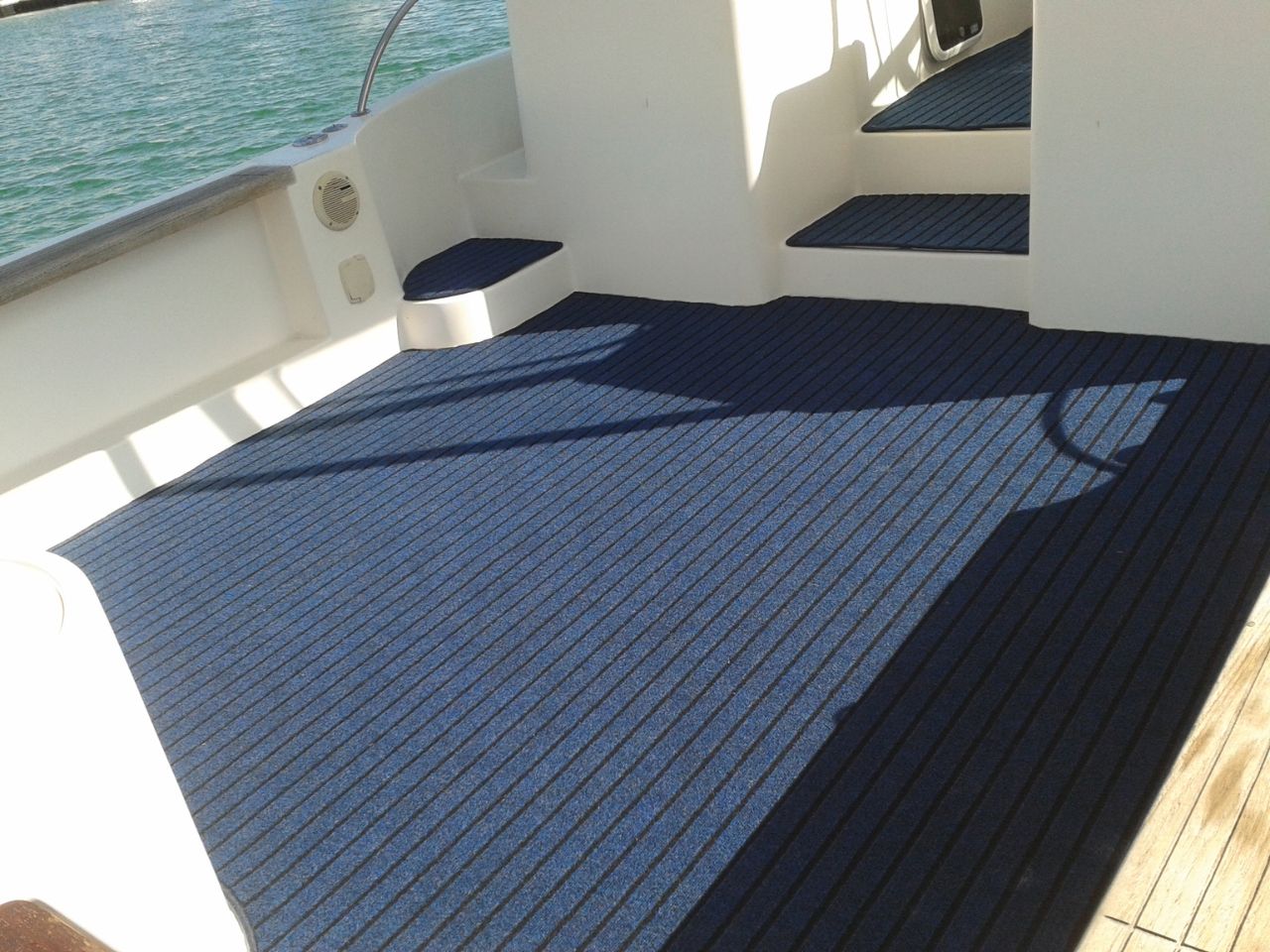

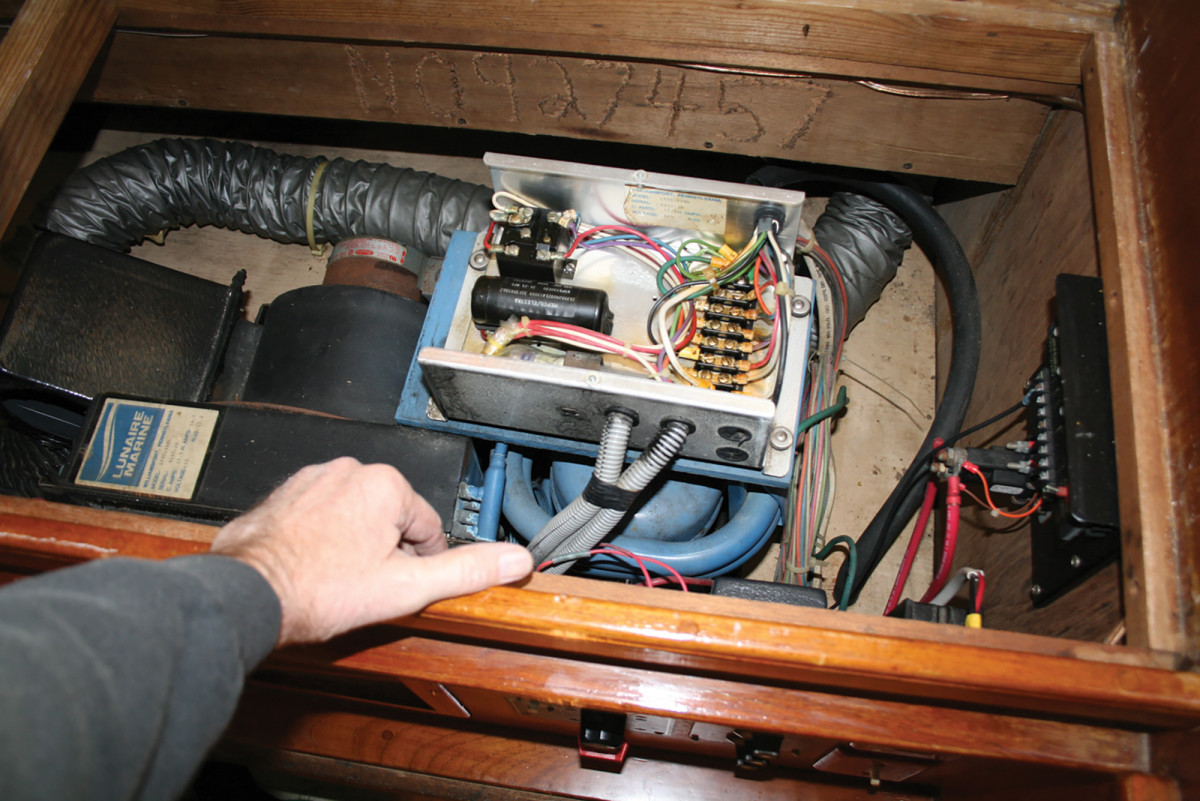
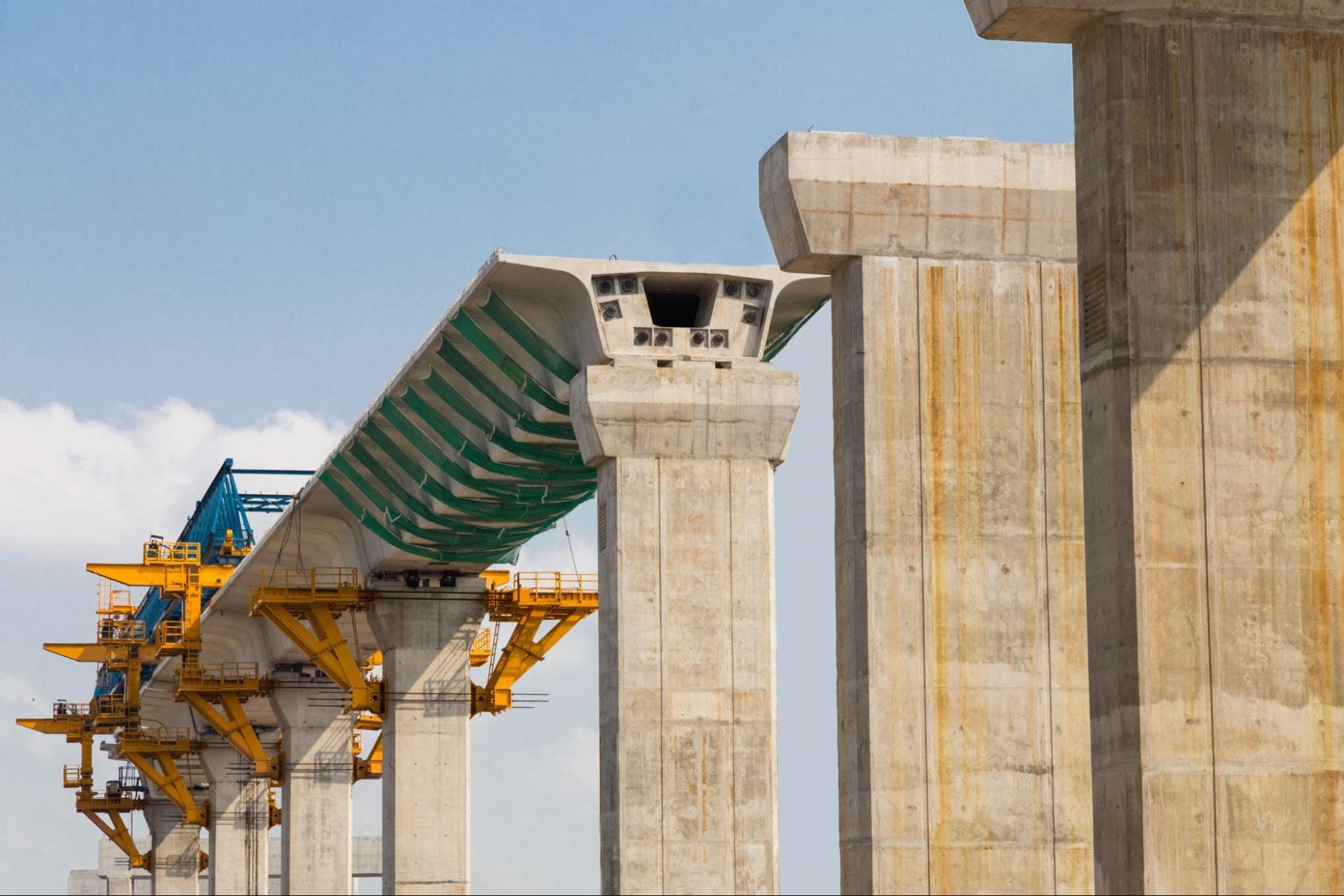
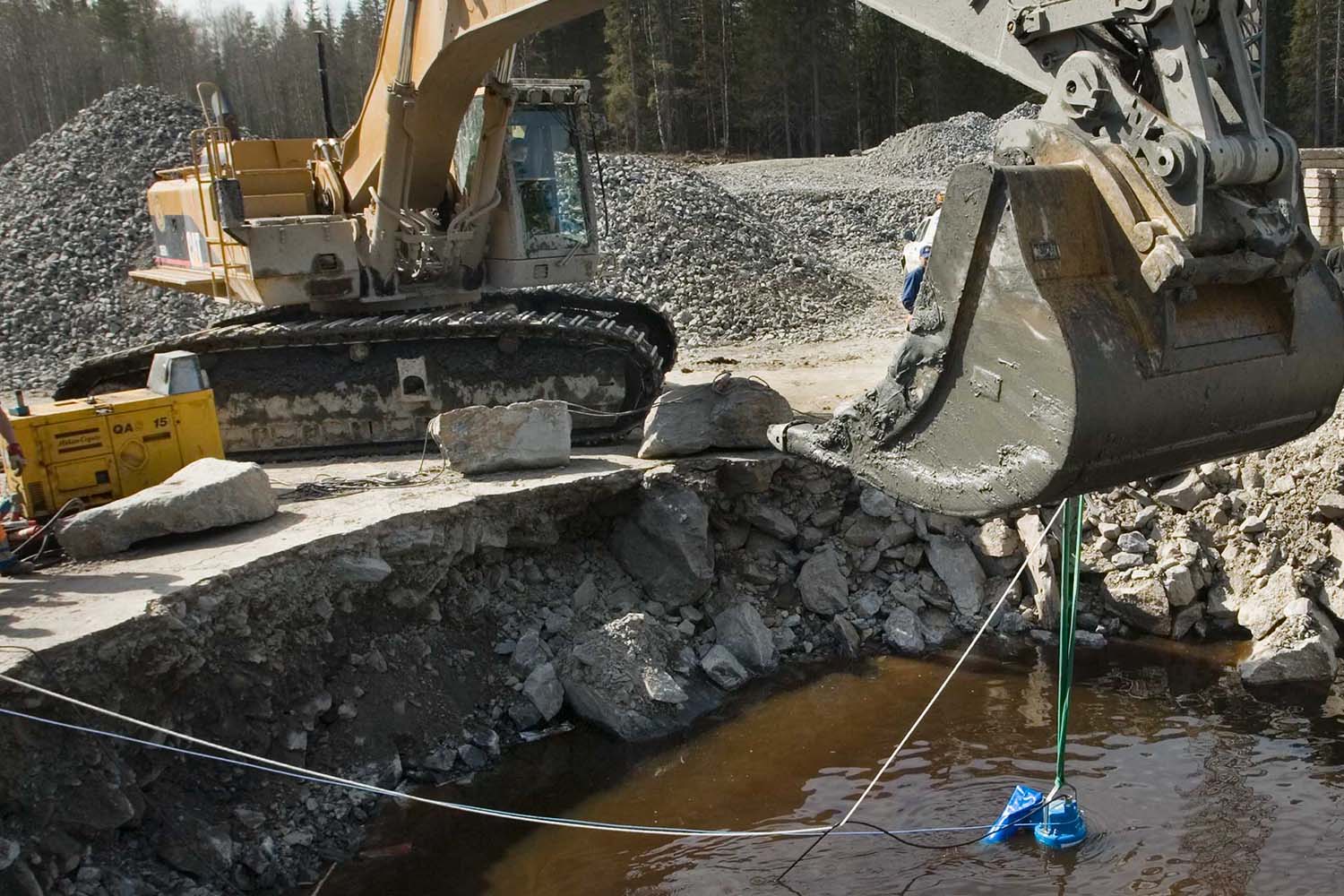
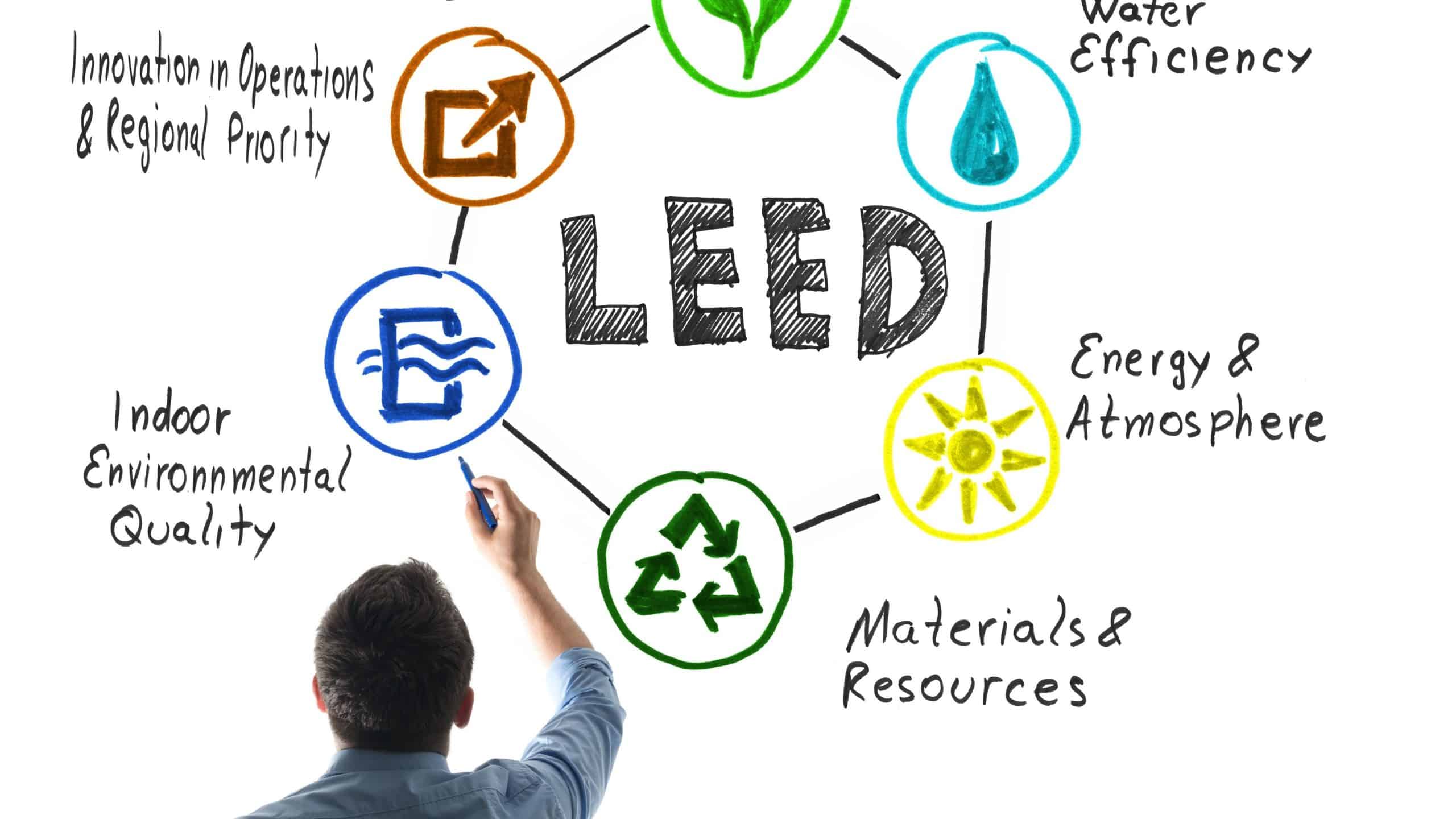
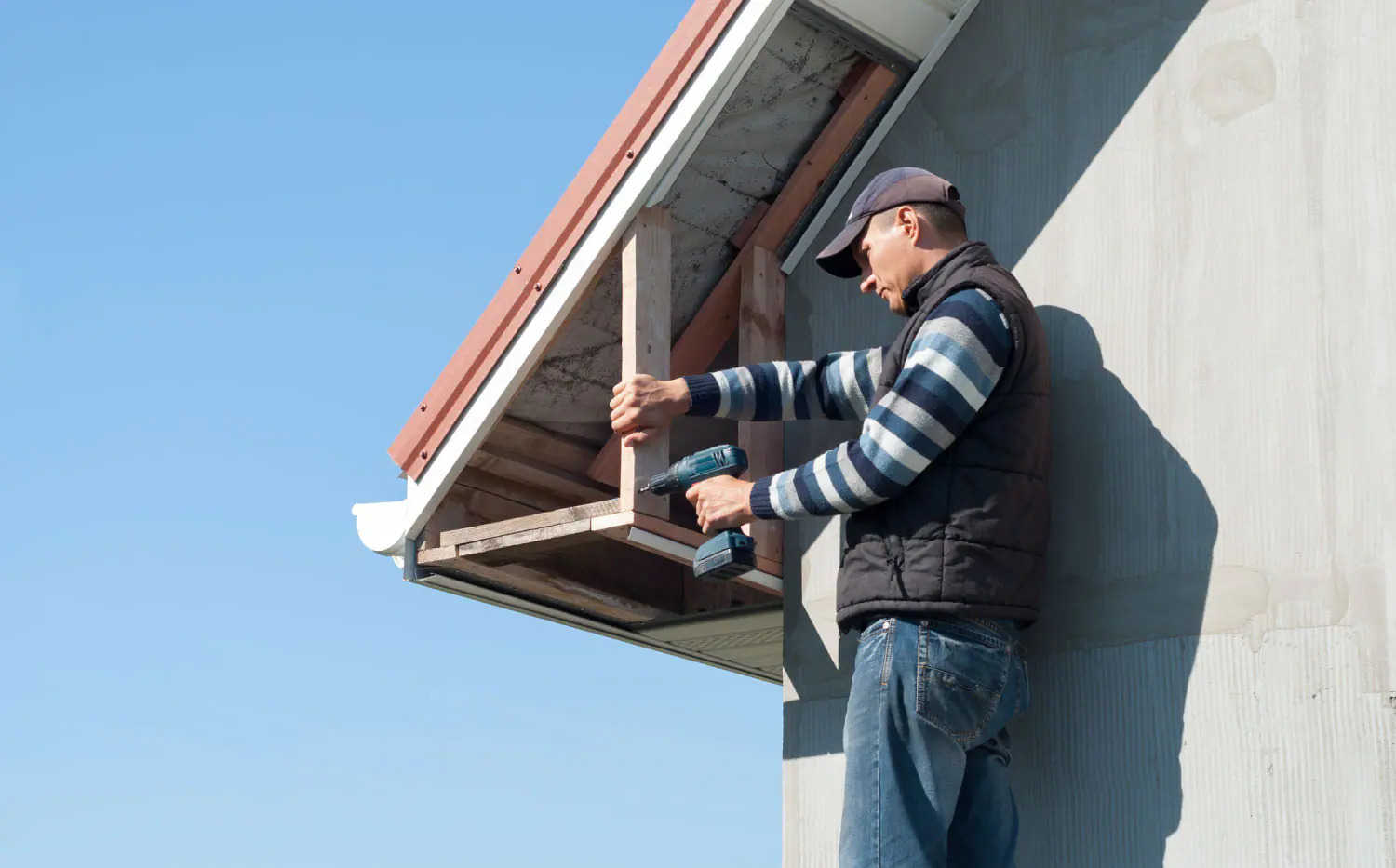

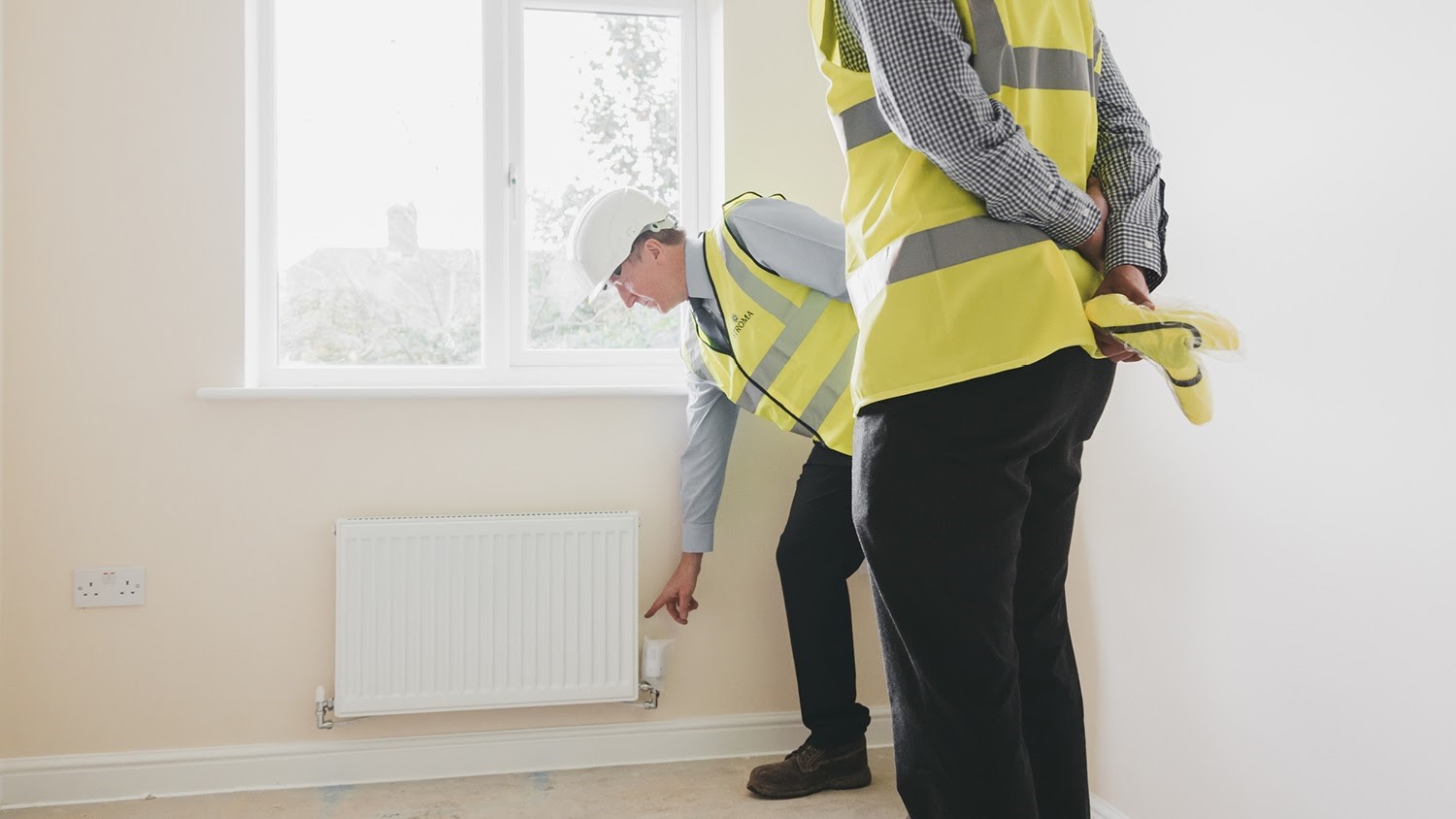
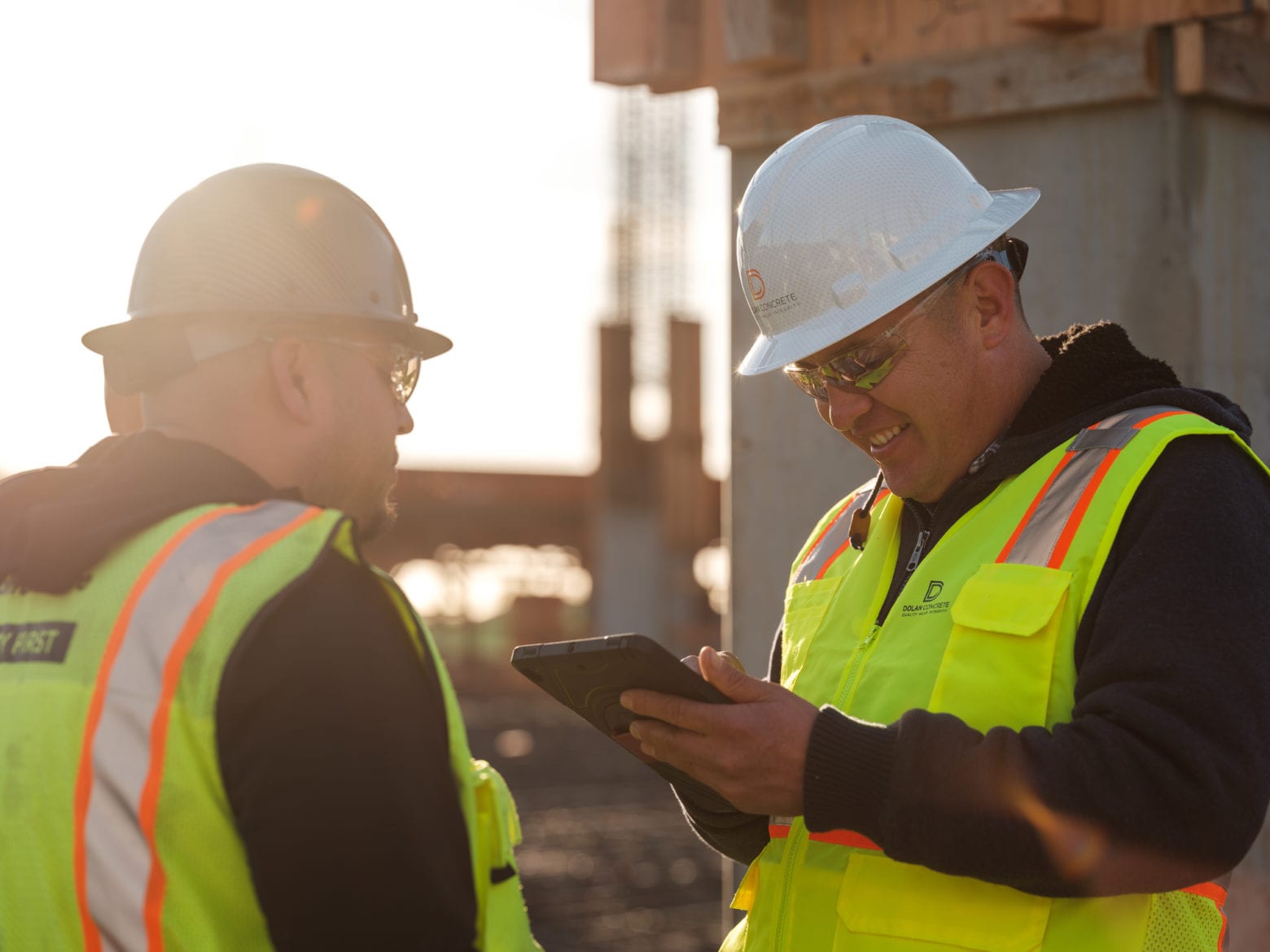
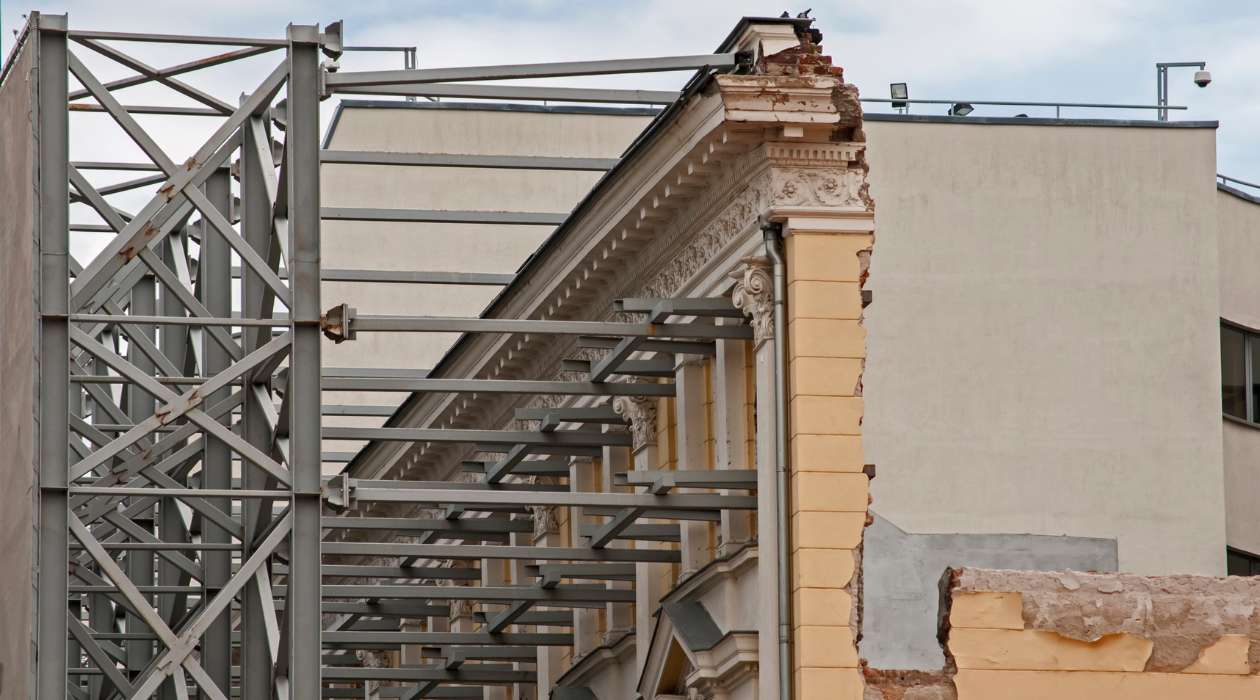

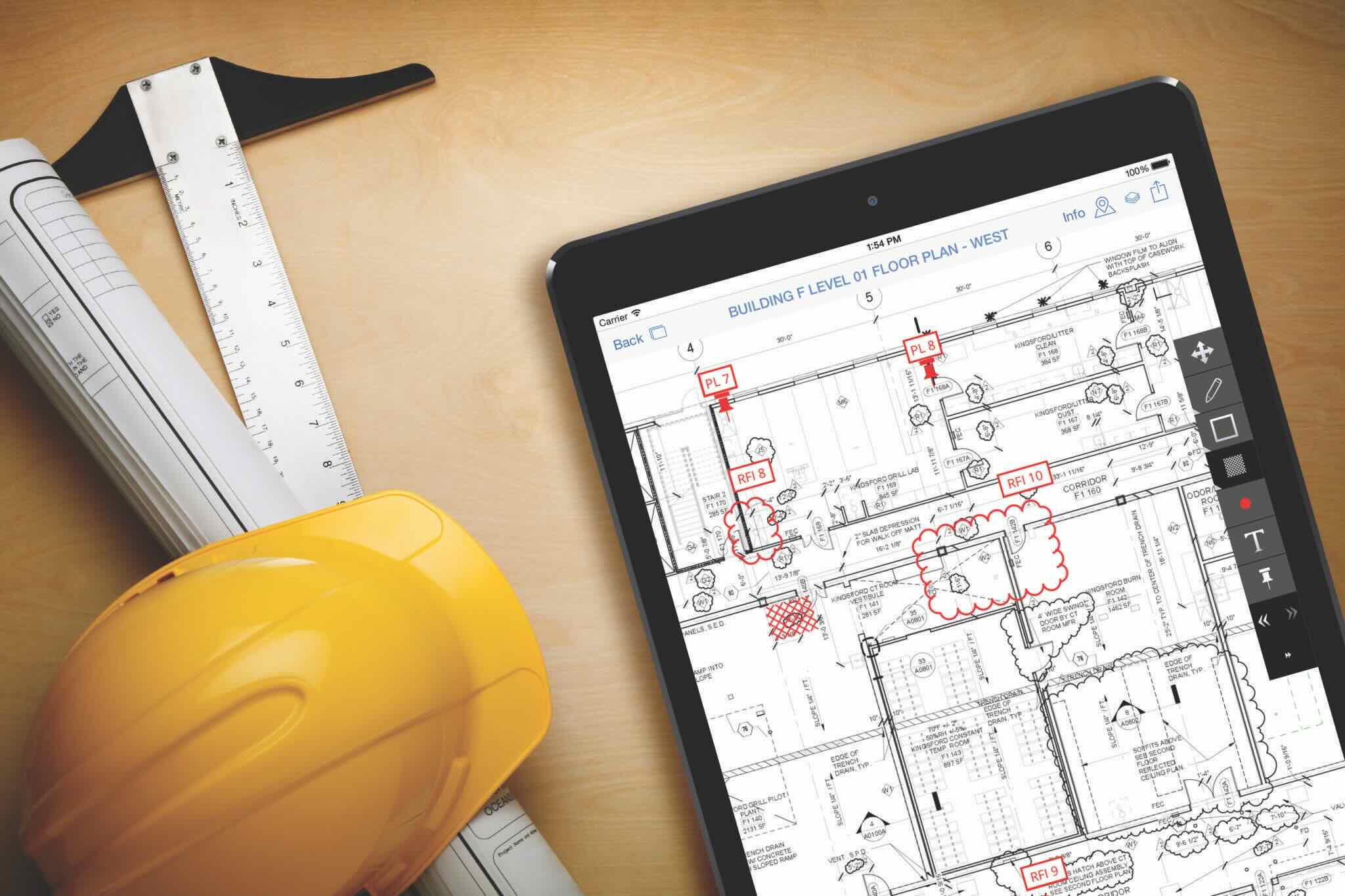

0 thoughts on “What Is Marine Construction”